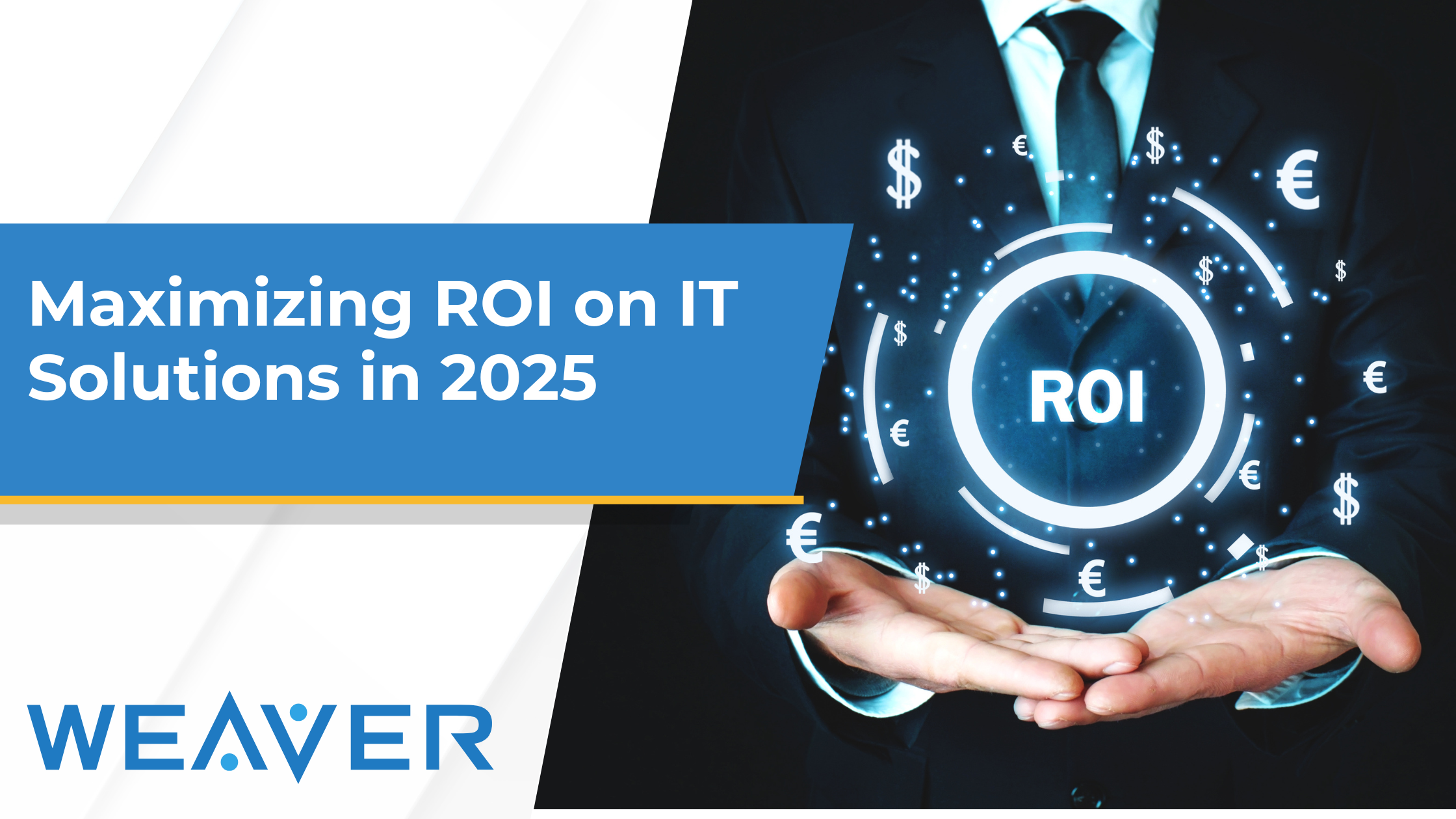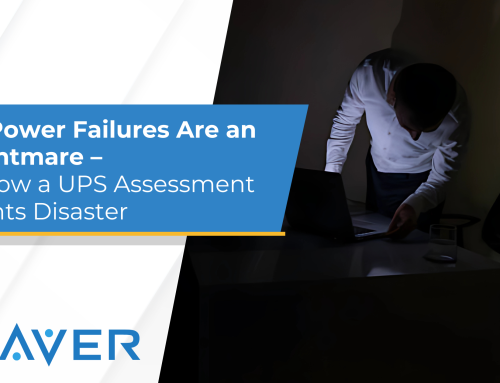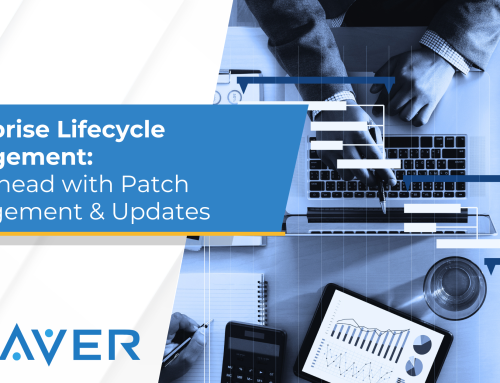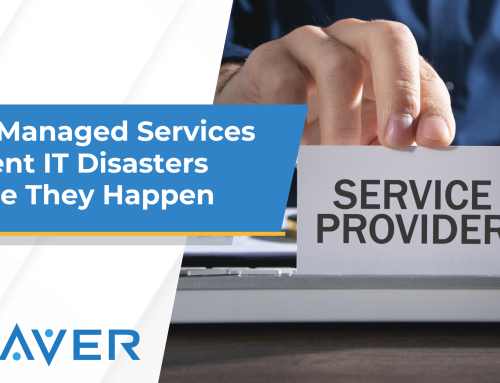In the rapidly evolving world of technology, maximizing ROI on IT solutions is a critical goal for businesses. As we approach 2025, this task becomes even more complex and crucial.
Emerging technologies, shifting market dynamics, and changing customer expectations are all factors to consider. They influence how businesses plan, implement, and manage their IT investments.
This article aims to guide decision-makers on how to maximize their IT ROI in 2025. We will delve into strategies for IT cost optimization and future IT planning.
We will also explore the role of emerging technologies in shaping IT strategies. From cloud computing to AI and automation, these technologies can significantly impact ROI.
By understanding these factors, businesses can make informed decisions. They can ensure their IT investments yield the highest possible returns, driving growth and success in 2025 and beyond.
Join us as we navigate the path to maximizing ROI on IT solutions in 2025.
Understanding ROI in the Context of IT Solutions
ROI, or return on investment, is more than just a financial metric. It reflects the value gained from an IT investment relative to its cost. In the realm of IT solutions, understanding ROI is vital for strategic planning and evaluation. It allows businesses to assess the effectiveness of their technological investments.
Calculating ROI requires more than just initial costs and expected returns. It involves evaluating direct and indirect benefits, such as improved efficiency and enhanced customer experiences. Indirect benefits often include competitive advantages and employee productivity gains, which are equally important.
As businesses plan for 2025, understanding these aspects of ROI becomes essential. The future promises complex IT landscapes and increased competition. Decision-makers must factor in long-term gains and alignment with business strategies. Adapting to these changes will require agile and forward-thinking approaches.
An in-depth understanding of IT ROI can guide businesses toward better decision-making. It can ensure investments align not only with immediate needs but also with future growth trajectories. This holistic perspective will be crucial as technology continues to evolve rapidly.
Aligning IT Investments with Business Goals
Aligning IT investments with business goals is crucial for maximizing ROI. This requires a thorough understanding of the organization’s objectives and priorities.
IT solutions should support and enhance these goals to provide maximum value. By doing so, businesses can ensure that each investment drives overall strategy forward. This alignment creates a cohesive approach that leverages technology for tangible improvements.
The Role of Emerging Technologies
Emerging technologies are reshaping the IT landscape and influencing ROI potential. Technologies like AI, IoT, and blockchain are transforming how businesses operate.
These innovations offer new opportunities for efficiency and competitiveness. Companies must evaluate and integrate these technologies to stay ahead. This proactive approach can significantly boost ROI by providing cutting-edge capabilities.
Staying informed about technological trends will be key to strategic IT planning in 2025.
IT Cost Optimization Strategies for 2025
Effective IT cost optimization is crucial for enhancing ROI in IT solutions. As 2025 approaches, businesses need strategies that balance cost reduction with quality maintenance. The focus must be on streamlining operations without compromising on performance or security.
Companies should evaluate existing IT infrastructure and identify areas for improvement. This involves adopting newer, more efficient technologies and phasing out outdated systems. Automation and AI can play pivotal roles in reducing manual processes and expenses. Embracing agile methodologies also helps in managing projects efficiently, keeping costs in check.
Furthermore, moving to a subscription-based model can offer financial flexibility. These models reduce upfront costs and allow for scalability. Regular IT audits are essential to uncover hidden costs and potential savings.
Key strategies for IT cost optimization include:
- Embracing Automation: Streamlines operations and cuts costs.
- Evaluating Vendor Contracts: Ensures competitive pricing.
- Implementing Agile Methodologies: Improves project efficiency.
- Conducting Regular IT Audits: Identifies inefficiencies.
- Leveraging Open-Source Solutions: Reduces licensing fees.
These strategies enable businesses to optimize costs while ensuring that IT investments continue to drive value and growth.
Leveraging Cloud Computing for Better ROI
Cloud computing remains a cornerstone of modern IT strategies. It provides flexibility and scalability that are essential for maximizing ROI. By migrating to cloud solutions, businesses can significantly reduce infrastructure costs. This shift also allows companies to pay for what they use, optimizing expenditure.
In addition, cloud computing facilitates easier integration of innovative technologies. This accessibility enables businesses to rapidly adapt to changes in the market. As companies increasingly operate remotely, cloud solutions ensure seamless collaboration and data access. These factors collectively enhance the ROI of IT investments.
Data Analytics and Informed Decision Making
Informed decision-making is pivotal for maximizing IT ROI, and data analytics is the tool that makes it possible. Data-driven insights empower businesses to understand trends and customer behaviors. This knowledge leads to strategic IT investments and better resource allocation.
Moreover, analytics help identify inefficiencies and areas for improvement within existing systems. Businesses can use this data to fine-tune their processes and optimize spending. As a result, these informed decisions contribute to higher returns on IT investments. Data analytics thus serves as an invaluable asset in the pursuit of maximizing ROI in IT solutions.
Measuring and Improving the ROI of IT Solutions
Accurately measuring ROI in IT solutions is essential for understanding their value and impact on the business. This process involves evaluating various metrics that reflect both the financial and strategic benefits of IT investments. By doing so, organizations can identify successful strategies and areas needing improvement.
Improving ROI further requires ongoing assessment and adaptation. Regular monitoring ensures that IT solutions align with evolving business goals. This proactive approach enables businesses to make informed decisions about future investments. Such strategic planning enhances the likelihood of achieving optimal returns.
To successfully measure and improve ROI, organizations must consider several critical components:
- Tracking Financial Performance: Analyze costs vs. benefits.
- Evaluating User Adoption Rates: Assesses effectiveness.
- Measuring Process Efficiency Gains: Identifies improvements.
- Monitoring Customer Satisfaction: Indicates value delivery.
- Assessing Alignment with Business Goals: Ensures strategic fit.
These elements help create a comprehensive view of an IT solution’s impact, guiding future enhancements for IT cost optimization and maximizing ROI.
Accurate ROI Measurement Techniques
To achieve accurate ROI measurements, it’s important to establish a clear framework. Begin with setting specific, measurable objectives that the IT solution should achieve. This clarity helps in evaluating success accurately.
Next, gather comprehensive data related to investment costs and the benefits obtained. Include direct financial returns and indirect advantages, such as increased productivity and customer satisfaction. Consistent tracking and reporting of these metrics provide insights into the true value generated by IT investments.
The Importance of Cybersecurity Investments
In today’s digital landscape, cybersecurity investments are non-negotiable for protecting IT assets and ensuring ROI. Data breaches can lead to significant financial and reputational losses, undermining the returns from any IT solution. Hence, investing in robust cybersecurity measures is critical.
Effective cybersecurity safeguards sensitive data and maintains trust with clients. This protection is vital for continuity of operations and preventing costly disruptions. Additionally, a strong cybersecurity posture can enhance a company’s competitive edge, reinforcing customer confidence and driving higher ROI in the long term.
2025 IT Planning: Preparing for Future Trends
Strategic IT planning for 2025 requires foresight and adaptability. Organizations must anticipate changes in technology and business environments to stay competitive. Effective planning involves aligning IT strategies with emerging trends that can impact operational efficiency and ROI.
One must consider the growing importance of digital transformation. This includes upgrading legacy systems to more agile platforms and adopting innovative tools. Businesses should aim to integrate IT solutions that support seamless collaboration and data-driven decision-making. Such integration will help maintain a competitive advantage and IT cost optimization.
Key trends to watch in IT planning for 2025 include:
- AI and Machine Learning Advancements: Enable smarter, automated processes.
- Cloud and Edge Computing: Enhance scalability and flexibility.
- Cybersecurity Innovations: Protect valuable data assets.
- Green IT Initiatives: Support sustainability and cost efficiency.
- Increased Focus on Remote Work: Requires robust IT infrastructure.
By prioritizing these trends, organizations can ensure their IT investments are future-proof, aligning with broader business objectives for sustained growth.
AI, Automation, and Reducing Operational Costs
AI and automation are at the forefront of reducing operational costs in IT. These technologies streamline processes by minimizing manual intervention, leading to increased efficiency and productivity. With AI, businesses can predict outcomes, optimize resources, and provide personalized experiences.
Automation further supports cost reduction by eliminating repetitive tasks. This frees up human resources for more strategic roles, enhancing overall productivity. As AI and automation continue to evolve, they will play a crucial role in IT planning strategies for 2025, offering significant ROI opportunities through cost savings and increased operational efficiency.
Green IT Solutions and Long-Term ROI
Green IT solutions are integral to sustainable business practices and achieving long-term ROI. These solutions focus on reducing environmental impact through energy-efficient technologies and processes. Adopting green IT initiatives not only supports corporate social responsibility goals but also reduces costs.
Businesses can benefit financially by implementing energy-saving hardware and optimizing data centers. Over time, these practices lead to significant cost reductions and improved operational performance. As organizations increasingly prioritize environmental sustainability, green IT solutions will prove vital for enhancing ROI and aligning with future regulatory standards.
Case Studies: Success Stories of High ROI IT Investments
Real-world success stories provide valuable insights into maximizing ROI from IT investments. One company, a global retail giant, successfully implemented a comprehensive IT overhaul. By migrating to a cloud-based infrastructure, they achieved significant cost savings. Additionally, this transition improved data accessibility, supporting more efficient operations across various departments.
Another example is a financial services firm that embraced data analytics. They invested in robust analytics tools, enabling them to derive actionable insights. This strategic investment led to improved decision-making, increased customer satisfaction, and ultimately, a noticeable increase in profitability.
A leading healthcare provider opted for enhancing their cybersecurity measures. Recognizing the importance of data protection, they deployed advanced security protocols. This investment safeguarded sensitive patient information while mitigating risks associated with data breaches. As a result, they experienced fewer security incidents, reinforcing trust with their stakeholders.
Finally, a multinational manufacturer focused on IT outsourcing for non-core functions. By partnering with specialized IT providers, they reduced operational costs significantly. This decision allowed them to focus on core competencies while benefiting from expert IT support. These strategic investments highlight the diverse approaches to achieving high ROI and the importance of tailoring IT strategies to specific business needs.
Conclusion: The Path to Maximizing IT ROI in 2025
In 2025, achieving substantial ROI in IT demands strategic foresight and adaptability. Organizations must align their IT investments with dynamic business goals. This approach ensures that every technology deployment adds real value.
Emerging technologies like AI and cloud services are pivotal. Companies should harness these tools alongside effective cost optimization strategies. As trends evolve, maintaining a flexible, forward-thinking IT infrastructure will be essential. This will not only enhance operational efficiency but also secure a competitive edge in an ever-changing market landscape. Looking to increase your ROI with transformational technology this new year? Contact Weaver Technologies today , and discover how we can make this your best year yet!







